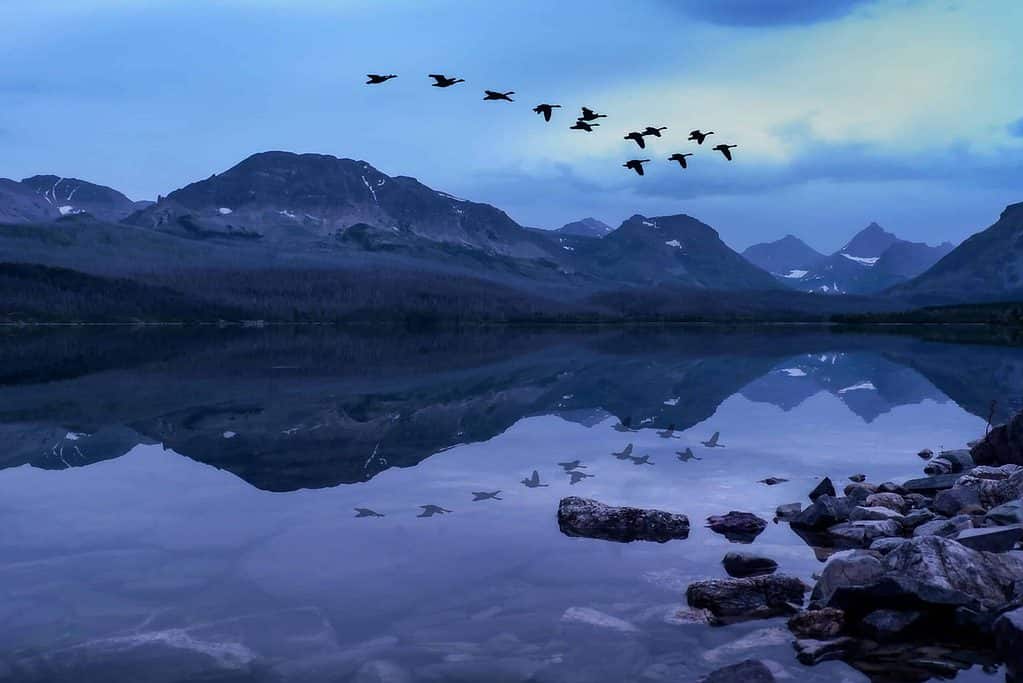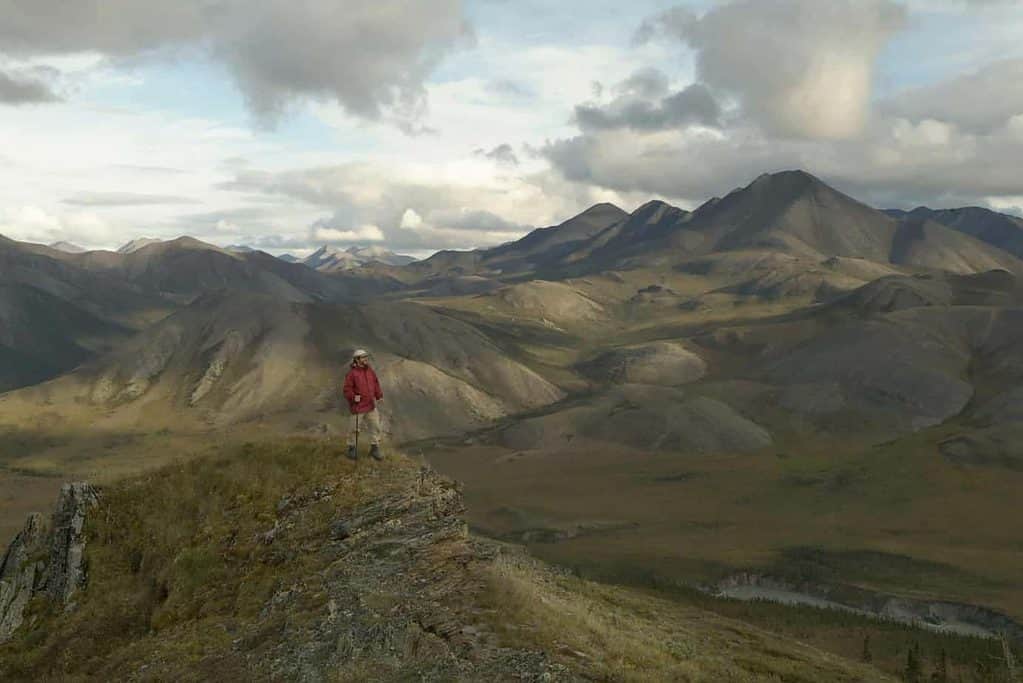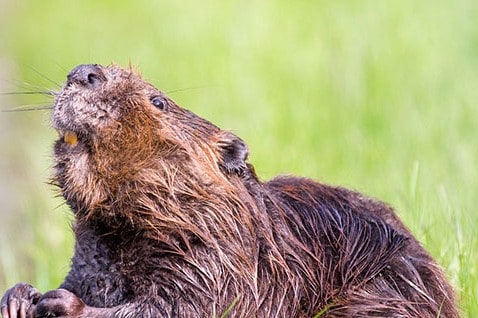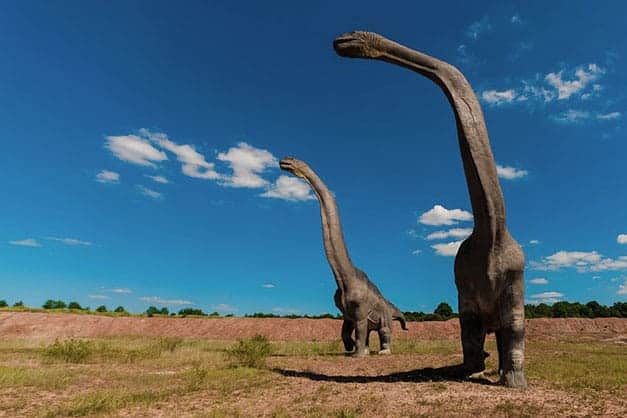With regards to wildlife management, carrying capacity is one of the most misunderstood factors.
When studying the carrying capacity of deer, for example, you must also consider all other species of animals and birds using the same area, as well as the rain required to retain soils fertile enough to grow annual crops of food, and water resources including wetlands.
Then there are limiting factors, such as climate change and competitive users (think deer and rabbits) eating the same types of food.
People have plenty of ideas around this sort of thing, but science ultimately determines the future of all species on Earth, from a cottontail rabbit, to a human.
Too many or too few of a species can be a disaster for any animal. Take deer for example. Too few can spell disaster when you consider possible recovery time and all conditions the population faces. I was part of a special committee that faced this in Ontario back in the 70s. By using the “Buck Law” (allowing only hunting of bucks), the situation was resolved while keeping limited hunting active.
Top-heavy populations can also spell disaster, especially during the winter season. Remember the rule that there’s only so much food for so many species? What that means is that, in the cold and deep snow, too many mouths can lead to starvation. Remember, we are not only dealing with other deer, but with rabbits or hares.
To look at it from another perspective, if an area has just been logged and there’s new, young tree and plant growth, but an overabundance of rabbits and hares, the growth will soon eliminate what would otherwise have been heaven for a starving deer population. The average lifespan of a rabbit may only be six months, due to disease and predictors, but rabbits breed fast. Sometimes twice a year. If we add a predator to the scenario, to prey upon the rabbit, this helps balance the scales a bit.
Speaking of predators, the deer have many hardships to overcome in their lifetime. Come winter, the young have to contend with deep snow that wears down their small bodies.If there is a lack of cover in a winter yard, the animal’s body will have a fight with the cold. If the streams are frozen over then, dehydration can be deadly. With the expansion of domestic and commercial enterprises, roads and trails opening up in the backland make travel easier for the wolf en route to the wintering yards. Now add the diseases that deer has to contend with and soon you will realize that all wildlife, be it a fish, grouse, deer, or songbird, relies on scientific wildlife management.
Taking population counts from the air, which I did with deer in Ontario back in the 60s, can help formulate a forestry plan for regeneration. This can help with logging as well as wildlife hunting because it bases numbers on scientific and technical facts. It’s the only way to ensure the future of all wildlife. We cannot “preserve wildlife.”
One way or the other, wildlife will succumb and die. It should be used rather than left to waste. Hunting has a place in wildlife management, but only when numbers line up. Traditions of old, right to hunt, lack of communication between forestry of old and wildlife of today, will not build a promising future for all kinds of wildlife.




